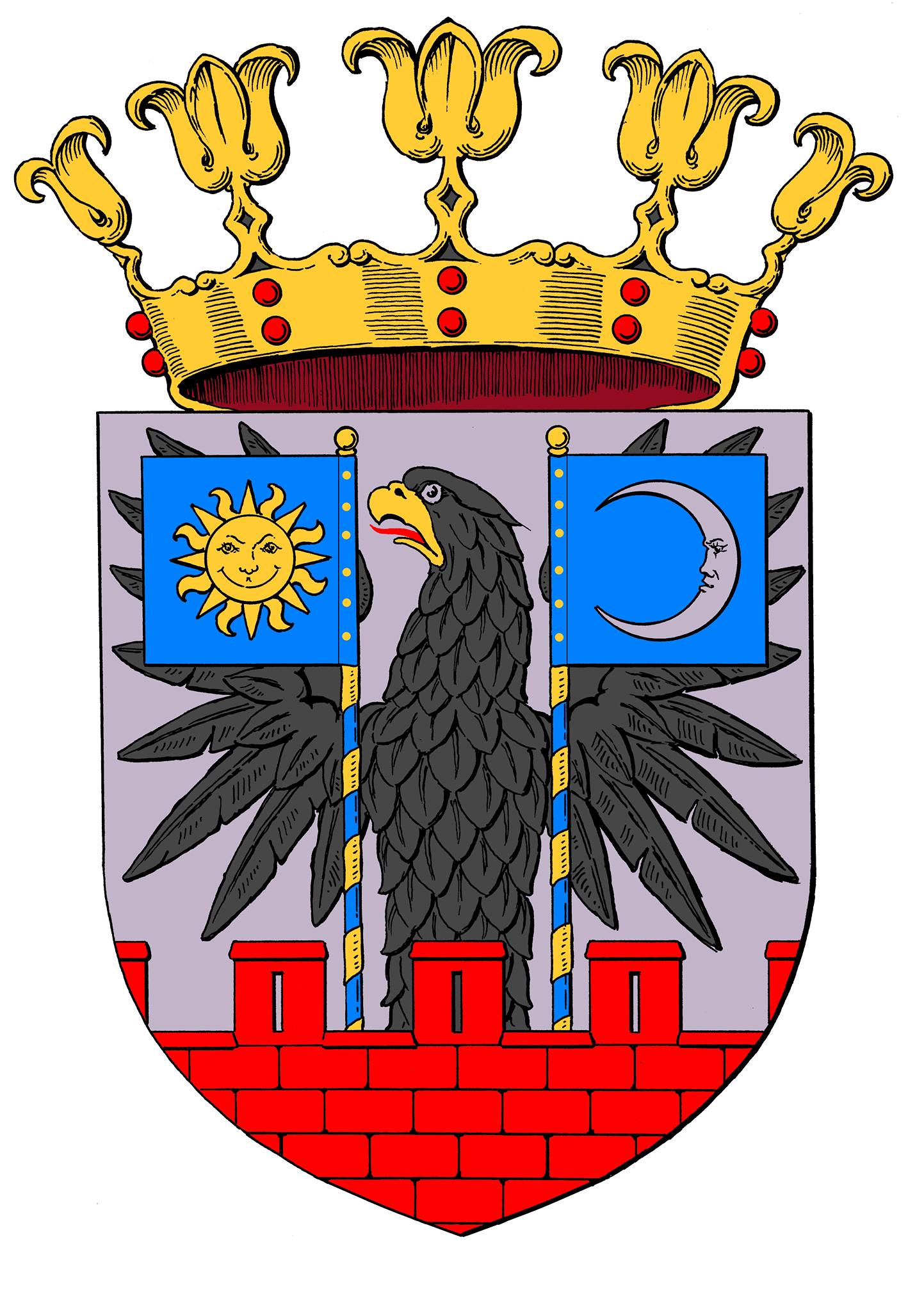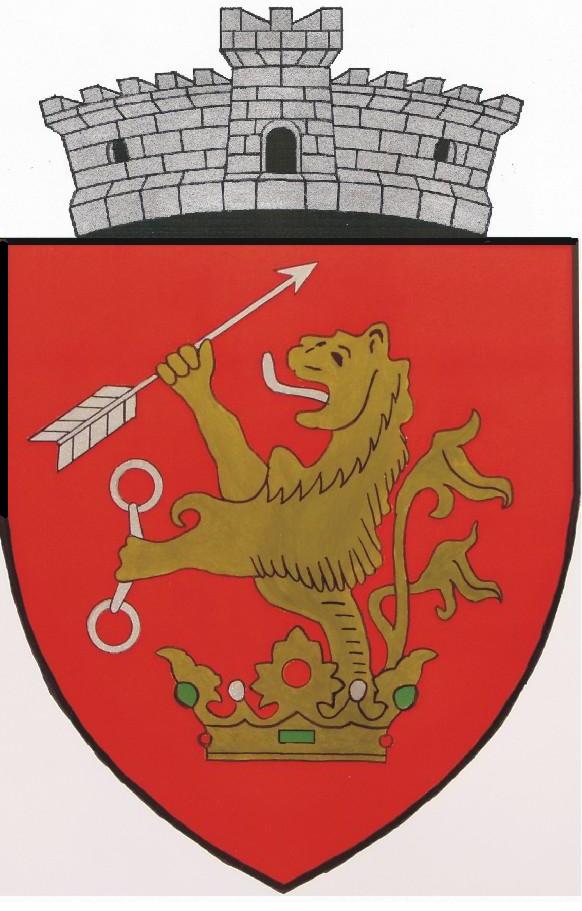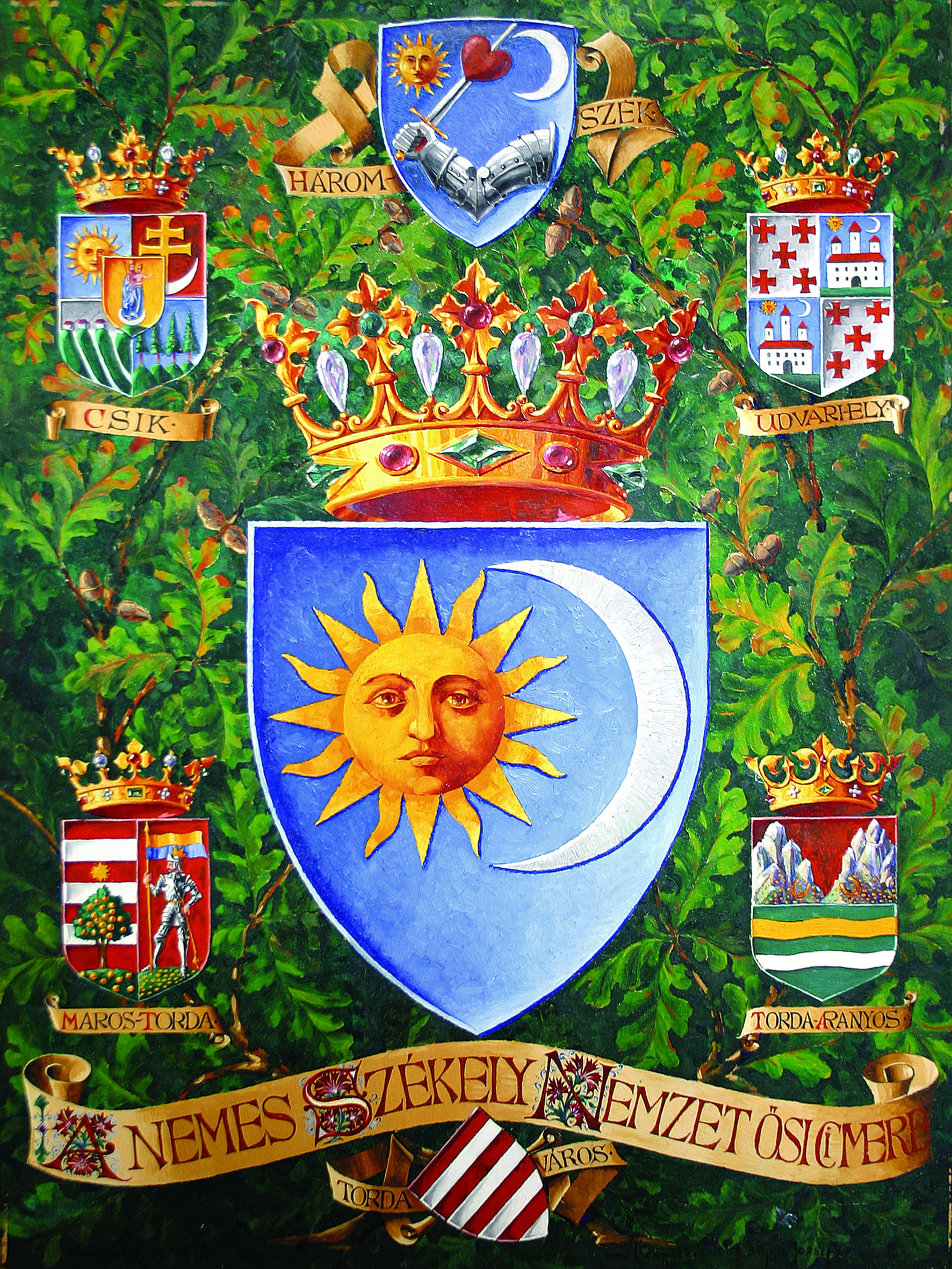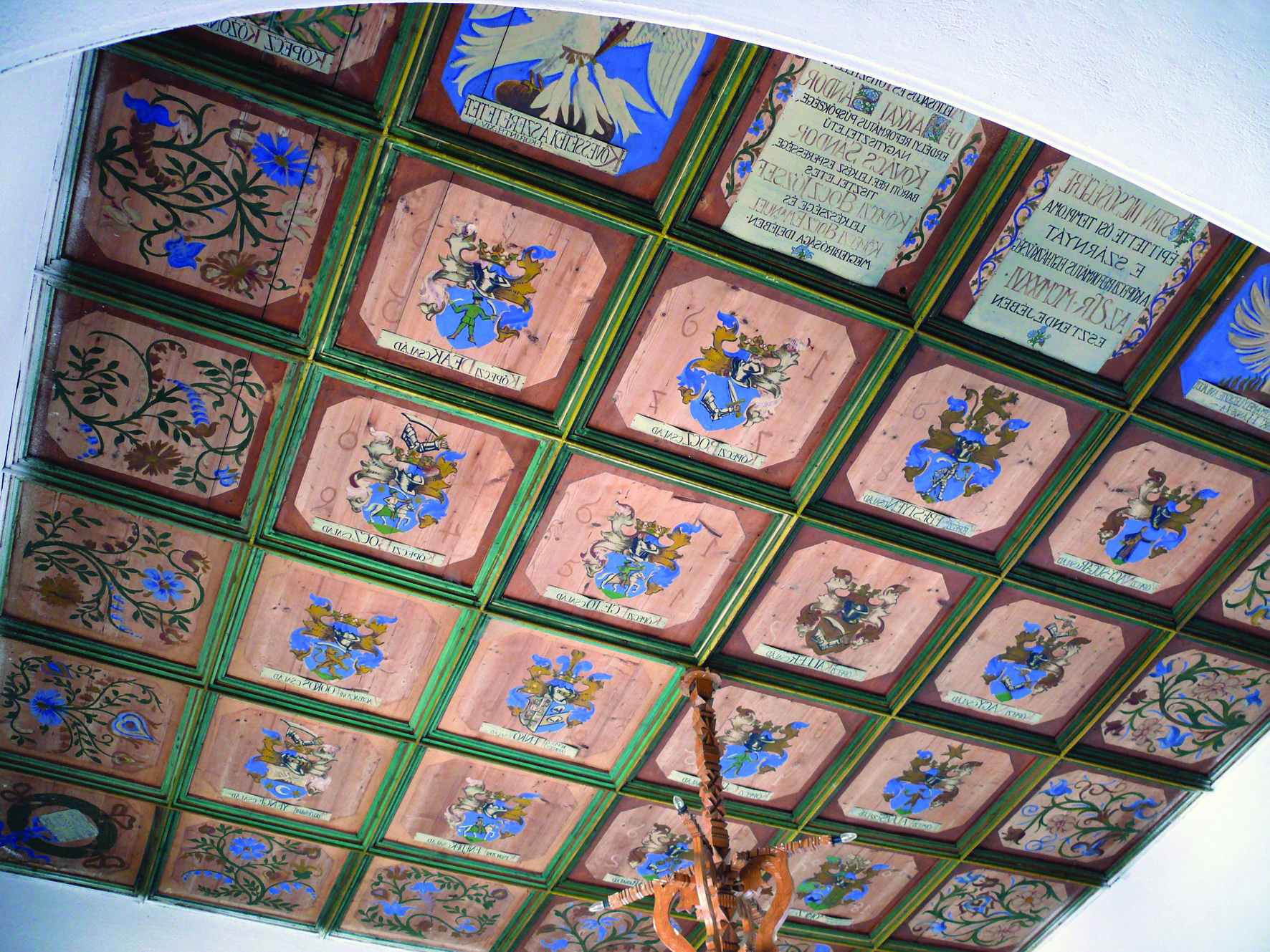Few people know that the coat of arms of the Hungarian Kingdom and that of the enlarged Romanian Kingdom (post-WWI) were designed by the same Hungarian heraldist from Transylvania – József Keöpeczi Sebestyén. He was one of the great heraldists of the region, who not only created the symbols of Romania but also drew a coat of arms for Áron Márton, the beloved Hungarian Roman Catholic Bishop of Transylvania.
See the previous two parts of the story here and here.
Sebestyén also decorated several books and plaques and designed booklets, family trees and even diplomas. Attila István Szekeres, a heraldist from the Háromszék region of Szeklerland, associated member of the International Academy of Heraldry, and president of the Transylvanian Heraldic and Vexillological Association told TransylvaniaNOW why this Hungarian artist was appointed by King Ferdinand I of Romania to design the new symbols of his country (read more here in Part I). He also explained the coat of arms created by Sebestyén (read more here in Part II) and talked about Transylvanian heraldry, his work and the purpose of the Association he leads.
TransylvaniaNOW: You are the president of Transylvanian Heraldic and Vexillological Association. What does the association do? When was it established?
Attila István Szekeres: The association was established in 2014, and it became a legal entity in January 2015. Its purpose is to analyze the historical symbols of Transylvania– coats of arms, seals, flags – and to present the findings of its research at national and international conferences as well as in journals. In addition, we would like to organize thematic conferences and publish papers/volumes about this topic. It also gives advice and helps administrative units to create their own coats of arms and flags.
The association encourages the use of historical symbols and also advocates for the use of symbols that date back hundreds of years. We have organized two conferences in Sepsiszentgyörgy (Sfantu Gheorghe), and we were partners in the publication of four professional books. I have attended several conferences; held presentations at two international congresses on heraldry, in Scotland and in France; and participated at a international vexillology congress in London, etc.

TN: The association became a member of the International Confederation of Genealogy and Heraldry. This recognition is clearly due to your international presence, as you have presented Transylvanian heraldry to experts all over Europe. Can you mention some interesting facts on the topic to amateurs? Who were the most outstanding Transylvanian heraldists? Which are the most famous Transylvanian coats of arms? What is your favorite coat of arms?
A. I. Sz.: The fact that the association became a member of the International Confederation, we consider this an international appreciation of our work. Indeed, at international conferences, I presented on specifically Transylvanian topics, which aroused interest in the audience. But thanks to academia.edu, my publications have also been seen abroad. And I must say: the farther West we go, the less people know about Transylvania.

The interesting peculiarity of Transylvanian heraldry, apart from its naturalistic depictions, is the fact that here, people mostly used undivided escutcheons with a single heraldic charge. The main purpose of the coat of arms is to identify someone, something, and it is not easy to remember a complex coat of arms. However, a simple emblem is easy to recall.
There were not many heraldists in Transylvania. The first one was Ferenc Pápai Páriz (1649-1716), a teacher and doctor of philosophy who published Ars heraldica in 1695, in Kolozsvár. He was followed by the aforementioned Keöpeczi (1878-1964). We must separate the heraldist from the heraldic artist, coat of arms designer, painter. The first deals with the science of heraldry, the others with the visual representation of the coat of arms. József Keöpeczi Sebestyén did both. We have well-known coat-of-arms artists from the time of the Principality of Transylvania, such as Pál Gyulafejérvári (c.1560-c.1630), János Egerházi Képíró (c.1600-c.1647) and István Nagybányai Csengeri Képíró (c.1600-c.1654).

The best known Transylvanian coat of arms is obviously the one of Transylvania, or the new coat of arms of the Szeklers: an or (gold) sun and argent (silver) moon in an azure (blue) field. The Szeklers had another, older symbol as well: an armored arm holding a sword in a gules (red) field.

My favorite is the coat of arms of the Szekeres of Mezőmadaras family granted by Prince Zsigmond Rákóczi in 1607. I also like the baron’s coat of arms, given by the prince in the same year to Chancellor János Pettky of Derzs. I think that is the most beautiful Transylvanian coat of arms, if I may say so. I also like the coat-of-arms composition painted by József Keöpeczi Sebestyén in 1943, titled as the “Coat of arms of the Noble Szekler Nation.”
Title image: Attila István Szekeres presenting how the coat of arms of Transylvania was “moved” from the coat of arms of the Hungarian Kingdom to that of Romania. Photo: maszol.ro (Photos: Attila István Szekeres)